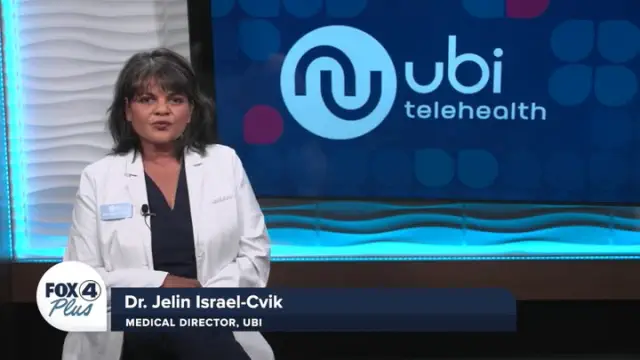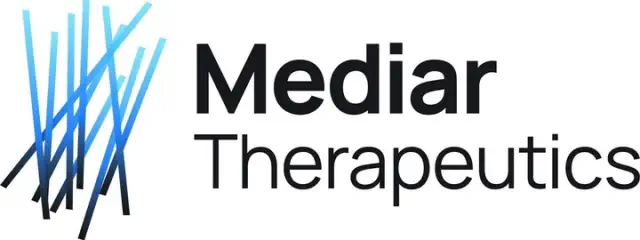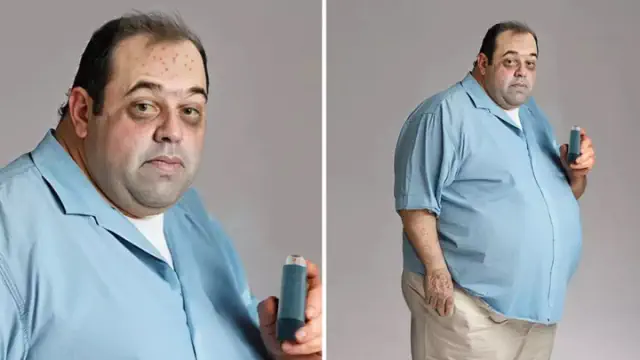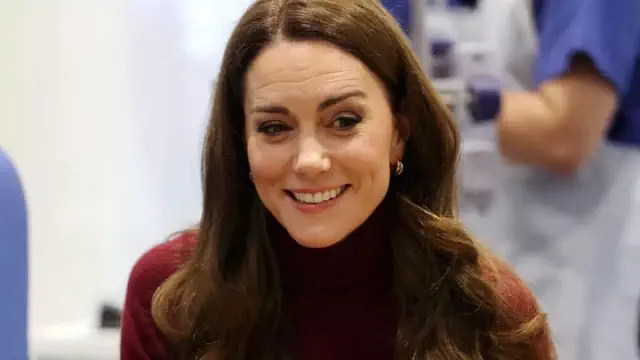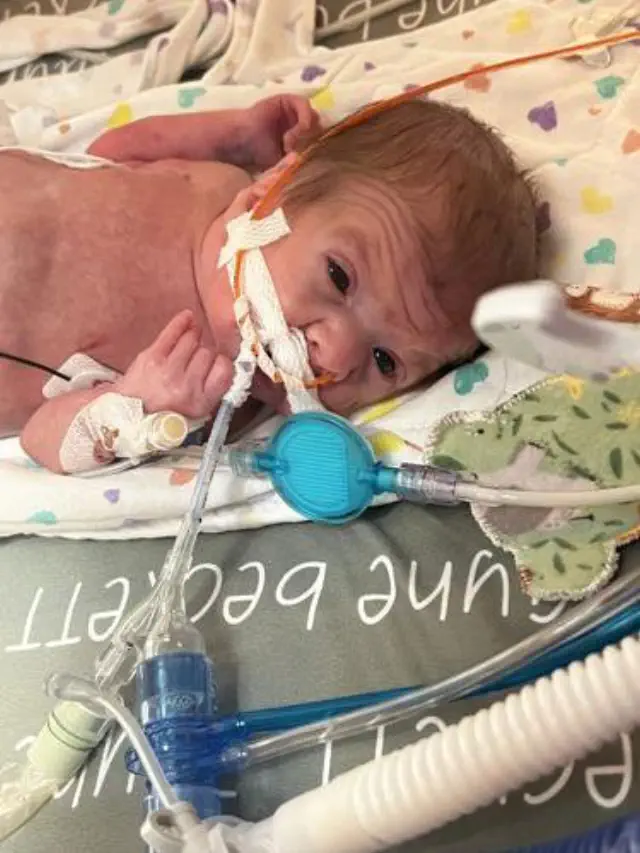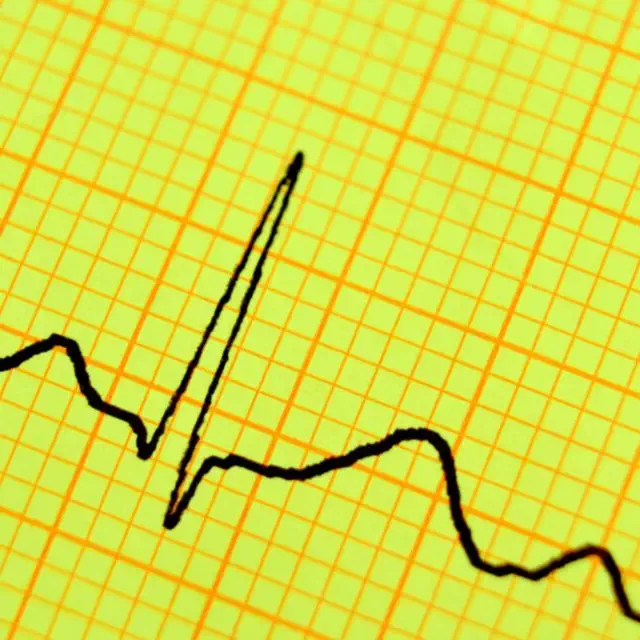
View pictures in App save up to 80% data.
The winter and post-holiday season is when Covid and flu cases usually surge, which means it’s the time of year when people should be taking every measure to protect themselves. Yet, uptake levels of vaccines in the US would tell a different story. As of mid-December, only 20.9 percent of adults in the US had received their Covid vaccine. For the flu shot, it’s 41.7 percent. Both figures represent a significant drop-off compared to the 73 percent of adults who had received at least one dose of their Covid shot back in November 2021, and the 63.7 percent of people who received their flu shots the season before the pandemic.
There are a host of reasons why people don’t get vaccinated, from a lack of trust in science to the assumption they are unneeded to simple forgetfulness. One major reason, though, has nothing to do with politics or the Make America Health Again movement or confidence in one’s natural immune system, but should be familiar to anyone who has tried to get their toddler to sit still for a shot. It’s the fear of needles. One in four adults report having a phobia of needles, and one study found that 16 percent of Americans say they skipped their flu vaccinations to avoid facing this fear.
Beyond scaring some people away, conventional shots also present serious logistical challenges to distributing some vaccines, especially for Covid mRNA vaccines. These have to be transported in super cold storage as they make their way to clinics and hospitals, which can prove particularly difficult for rural communities and lower-income countries that may not have reliable access to specialized refrigeration.
So how do we address these barriers and ensure people get vaccinated? One option: nasal vaccines, which would be sprayed into our noses — no needles required. Beyond sidestepping people’s fear of needles, these vaccines would also make it easier to store and distribute ahead of administering. Scientists have been focusing more on nasal vaccines — like the flu vaccine FluMist that was recently approved for at-home use — as a way to overcome these social and practical challenges to vaccination.
Multiple studies have also shown that nasal vaccines could be more effective at preventing infection and transmission of Covid, which, in turn, can help lower the risk of getting long Covid. By getting vaccinated through our noses, our body generates immunity to the virus right where it enters our bodies. While a nasal vaccine for Covid has yet to be approved for full use in the US, researchers at Washington University in St. Louis developed a Covid nasal vaccine that was employed for emergency use in unvaccinated people and as a booster dose in India two years ago.
“Because of the danger of having this chronic condition afterwards, we really should be caring about Covid still,” says Akiko Iwasaki, head of the Center for Infection and Immunity and professor of Immunology at the Yale School of Medicine, who has worked on developing nasal vaccines. “We should be doing anything we can to prevent infection.”
Should nasal vaccines succeed in boosting vaccination rates, they could significantly contribute to better management of Covid and various respiratory viruses globally. However, scientists and researchers need to overcome the challenges that have largely prevented these vaccines from being accessible to people worldwide.
A nasal vaccine for COVID-19 would work by delivering the vaccine directly into the nasal cavity, where it can stimulate an immune response at the mucosal surfaces. Here’s how it typically functions: 1. **Administration**: The vaccine is administered as a spray or drops into one or both nostrils, allowing for easy and non-invasive delivery. 2. **Mucosal Immunity**: The nasal mucosa is a key part of the immune system. By targeting this area, the vaccine aims to generate a strong immune response not only in the bloodstream but also at the site of potential virus entry (the respiratory tract). 3. **Immune Response Activation**: The components of the vaccine, which may include inactivated virus particles, viral proteins, or genetic material (like mRNA), stimulate the immune system to recognize and respond to the SARS-CoV-2 virus. This can lead to the production of antibodies and activation of T-cells. 4. **Protection Against Infection**: By priming the immune system in the nasal passages, the vaccine can help prevent the virus from establishing an infection if a person is exposed. This localized response is crucial for blocking the virus at its entry point. 5. **Ease of Use**: Nasal vaccines can be easier to administer compared to injections, which may help increase vaccination rates. Overall, a nasal vaccine for COVID-19 could provide an alternative method of immunization that focuses on both systemic and local immune responses, potentially enhancing protection against the virus.
COVID-19 transmits similarly to other respiratory viruses such as influenza and RSV. When we breathe, speak, cough, or sneeze, tiny droplets are released into the atmosphere. If someone is infected with one of these viruses, their droplets carry the virus, which can then be inhaled by others through their nose or mouth.
It may appear logical to design a vaccine based on the transmission method of a specific virus. However, this isn’t the approach taken for most vaccines. For instance, intramuscular vaccines such as those from Pfizer and Moderna are administered in the arm or leg and work by delivering molecular proteins into the bloodstream, which then stimulate the immune system to build protection, rather than focusing on particular body tissues.
The problem is that the Covid virus can infect us for days undetected before we start showing symptoms, which is when our body finally recognizes it’s infected. Circulating for days unimpeded gives the virus time to migrate deeper into other parts of our body, like our lungs, and cause more severe disease, says Shane Crotty, a professor who researches immunity to infectious diseases at the La Jolla Institute for Immunology (LJI).
Vaccinating at the point of entry for respiratory viruses could enable the immune system to combat the invading pathogen right away. According to Iwasaki, by delivering the vaccine at the location where the virus typically infiltrates our bodies, it’s akin to "setting up a defense right at the gateway of viral invasion."
Here’s the process: A nasal mRNA vaccine is administered as a spray into the nostrils, which coats the inside of the nasal passages. The cells lining the nose utilize the vaccine's genetic instructions to produce a non-harmful protein from the virus, prompting the immune system to react. This leads to the formation of specific antibodies in the nasal area that can neutralize the virus at its entry point, in addition to generating antibodies throughout the body for enhanced defense.
The vaccine is designed to enhance the immune system's memory of the virus by producing memory cells that reside in the nasal tissue. If the virus is encountered again, these cells would respond swiftly, preventing it from spreading. This dual approach of robust local and systemic immunity would significantly bolster protection against Covid.
Research indicates that nasal vaccines enhance our immune response by stimulating the production of a particular antibody known as IgA within our nasal and mucus glands. According to Iwasaki, IgA plays a crucial role in blocking viruses from attaching to the nasal cavity initially. “By administering this nasal booster,” she explained to Vox, “we can effectively reduce both the risk of infection and transmission, rather than solely focusing on preventing severe illness.”
According to Crotty, establishing immunological memory in the upper airways is more efficient in combating respiratory infections than traditional muscle injections. He explained to Vox, "When you can create immunity right at the infection site, your protection is significantly enhanced. With immunity localized where infections occur, your immune system is immediately activated upon exposure, potentially reducing the duration of illness by several days."
We don’t understand immune memory in humans’ upper airways as well as we do in other parts of the body, which has made developing an effective nasal vaccine trickier. But a recent study by Crotty and his lab at LJI revealed new information that could enhance our knowledge. One notable finding was that there was a diversity of memory T cells and memory B cells in our upper airways, and they were present for at least six months. If we can introduce immune memory directly to these cells through a nasal vaccine, those cells may be able to better fight off any infection for six months or more, longer than current formulations. Given Covid’s seasonal patterns from frequent mutations, annual nasal vaccines could therefore prevent a lot of illness with that extended immunity.
All of this may make one question the intramuscular vaccine’s effectiveness, but it’s still a critical tool in the Covid prevention toolkit. It helps reduce the likelihood for severe disease and long Covid, a chronic condition that can develop even in mild cases and can last for months or years. The Centers for Disease Control and Prevention reports that there are over 200 symptoms identified for long Covid, such as brain fog, tinnitus, heart palpitations, and fatigue. The impacts of this condition can range from disruptive to devastating, and there is no definitive treatment for long Covid — which makes it all the more concerning that repeated infections, even if mild, can put a person at risk for developing long Covid.
Because most people in the US had already received at least one dose of the intramuscular Covid vaccine, some researchers, including Iwasaki, have developed a nasal vaccine as a booster. She runs a lab on mucosal vaccine research, and her team has developed a Covid vaccine strategy called “prime and spike.” Patients would first be “primed” by receiving the regular mRNA Covid vaccine, and then a “spike” through a nasal vaccine booster with spike proteins derived from the virus. (Spike proteins are also a critical part of the virus’ ability to infect us, and therefore, an important target for our immune system).
"We aimed to utilize the immunity that was already present," Iwasaki stated.
Last year, the US Department of Health and Human Services announced “Project NextGen,” a $5 billion investment into creating the next generation of coronavirus treatments and vaccines. Three of the projects currently in their portfolio are nasal vaccines, with each in different clinical phases. And earlier this year, the Coalition for Epidemic Preparedness Innovations (CEPI) and Horizon Europe (the European Union’s innovation funding program) announced they were co-funding a $57 million international research project to test nasal and inhaled vaccines for Covid and other coronaviruses.
When can we expect to see a Covid nasal vaccine available?
A major reason for why the intramuscular Covid vaccines were created so quickly was because billions of dollars were pumped into research and manufacturing during Operation Warp Speed. Five years in, however, even though 75,000 Americans died from Covid last year, the urgency and financial support has been scaled back.
The reality is that even with the threat of another pandemic looming in the form of the H5N1 bird flu, vaccine research and development doesn’t get enough support. Taxpayer dollars remain scarce and pharmaceutical companies rarely see vaccines as a sufficiently worthwhile business opportunity, so private investment is limited, even though we know vaccines are one of our world’s best returns and Operation Warp Speed saved hundreds of thousands of lives. Doing the necessary work and fundraising to develop a vaccine and get FDA approval can take up to 10 years, and sometimes even longer.
And while the US is returning to the same White House administration that launched Operation Warp Speed, President-elect Donald Trump has picked vaccine skeptic Robert F. Kennedy Jr. to head the Department of Health and Human Services. Just how hard a line Kennedy will take on vaccines is uncertain, but everything about his record suggests he’s unlikely to support the development of new kinds of vaccines. Nor has a public that seems to be turning vaccine skeptical appear eager to support research and development for new shots. “That sentiment isn’t very helpful when we’re trying to raise funds to be able to do these expensive pre-clinical and clinically enabling studies,” Iwasaki says.
Even if scientists in the US manage to secure approval for a nasal Covid vaccine, a significant question remains: What will happen to the rest of the globe?
When the mRNA Covid vaccines were developed, it was the richer countries, like the US, that were able to get quicker access to the vaccines and shots in arms, while lower income countries struggled. By August 2023, the average for low-income countries whose population completed the primary Covid vaccine series was 31 percent, compared to 75.7 percent for high-income countries.
There are many reasons for vaccine inequity, and one of them comes down to vaccine storage and transportation logistics. Most vaccines need to be stored in cold temperatures, but for the mRNA Covid vaccines, it needs to be even colder: Moderna requires a temperature of minus 20 degrees Celsius (4 degrees Fahrenheit), while Pfizer needs to be at minus 70 degrees Celsius (minus 94 degrees Fahrenheit).
That’s because mRNA-based vaccines are “inherently less stable in the environment,” says Michael Diamond, one of the Washington University researchers who developed a Covid nasal vaccine.
To keep vaccines from spoiling while traveling around the world, there needs to be a cold chain system in place. The cold chain is a meticulous set of steps that relies on equipment like refrigerators and freezers to ensure that the vaccine stays at the right temperature — from the time it leaves the manufacturing facility to when it’s administered into someone’s arm hundreds or thousands of miles away. There’s also the ultra-cold chain (for vaccines like Pfizer’s), which uses ultra-low temperature freezers to keep vaccines safe.
But not all countries had sufficient cold chain systems in place to transport and store the mRNA vaccines when the Covid pandemic took off, let alone ultra-cold chain capacity. This was a major challenge for delivering Covid vaccines to certain nations, particularly low-income countries. One pandemic initiative to reduce vaccine inequity, called COVAX and led by the World Health Organization (WHO), UNICEF, Gavi, and CEPI, focused on improving cold chains by helping countries build out these processes and delivering cold and ultra-cold chain equipment.
In contrast to the mRNA-based shots, some of the nasal vaccines being developed can handle much warmer temperatures. Diamond’s Covid nasal vaccine, for example, is a type of viral vector vaccine. For these vaccines, the genetic code for a particular antigen is inserted into a modified, harmless version of a virus. The nasal vaccine Diamond helped develop is an adenoviral-vectored vaccine, which uses a defective adenovirus and is “much more stable” than mRNA vaccines, says Diamond, and therefore requires less stringent storage temperatures: just 2 to 8 degrees Celsius (36 degrees to 46 degrees Fahrenheit).
Nasal vaccines offer additional logistical advantages. They are simpler to teach individuals how to administer, whether it's to others or self-administration, compared to injections. Furthermore, their disposal is less complicated. These characteristics render nasal vaccines appealing options for prominent health organizations.
A representative from the WHO stated, "It is crucial to focus on the research and development of vaccines that can be administered in more accessible ways, such as nasal vaccines for Covid-19."
Two things can be true: Covid is endemic, and we don’t have to accept constant infections and waves, with these advances in medicine. Within a year after Covid changed all of our lives, dedicated scientists and researchers developed the first-ever Covid vaccines that saved millions of lives across the globe. But five years later, the virus is still wreaking havoc because of its constant mutations and widespread transmission.
Nasal vaccines have the potential to transform the landscape of Covid immunization, potentially leading to a true “return to normal.” However, achieving this vision hinges on securing the necessary investment.



